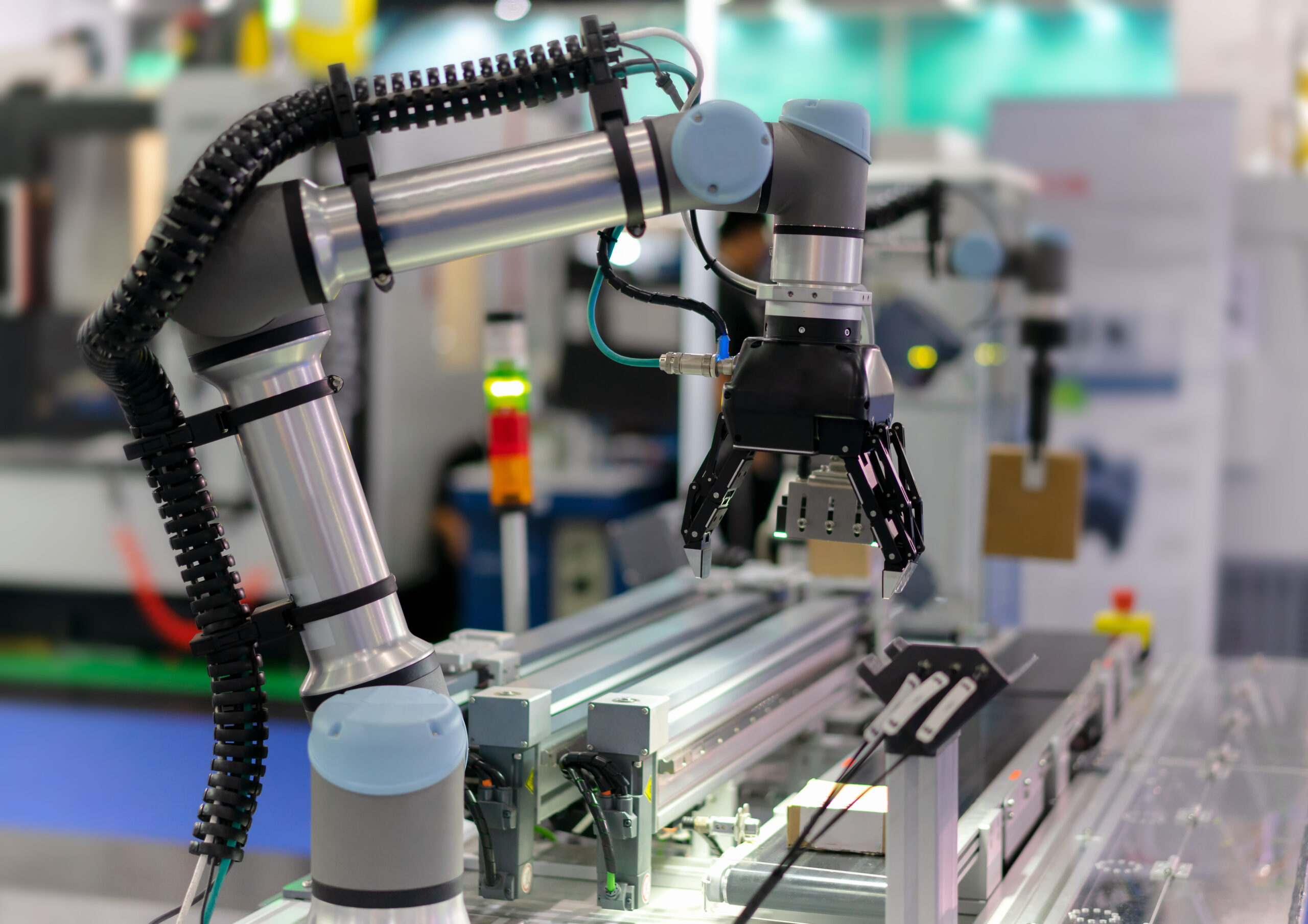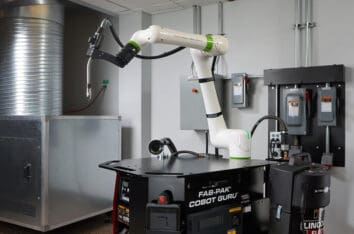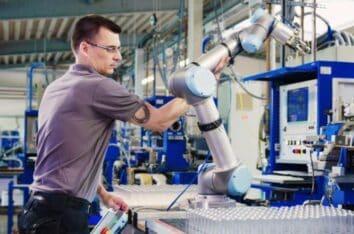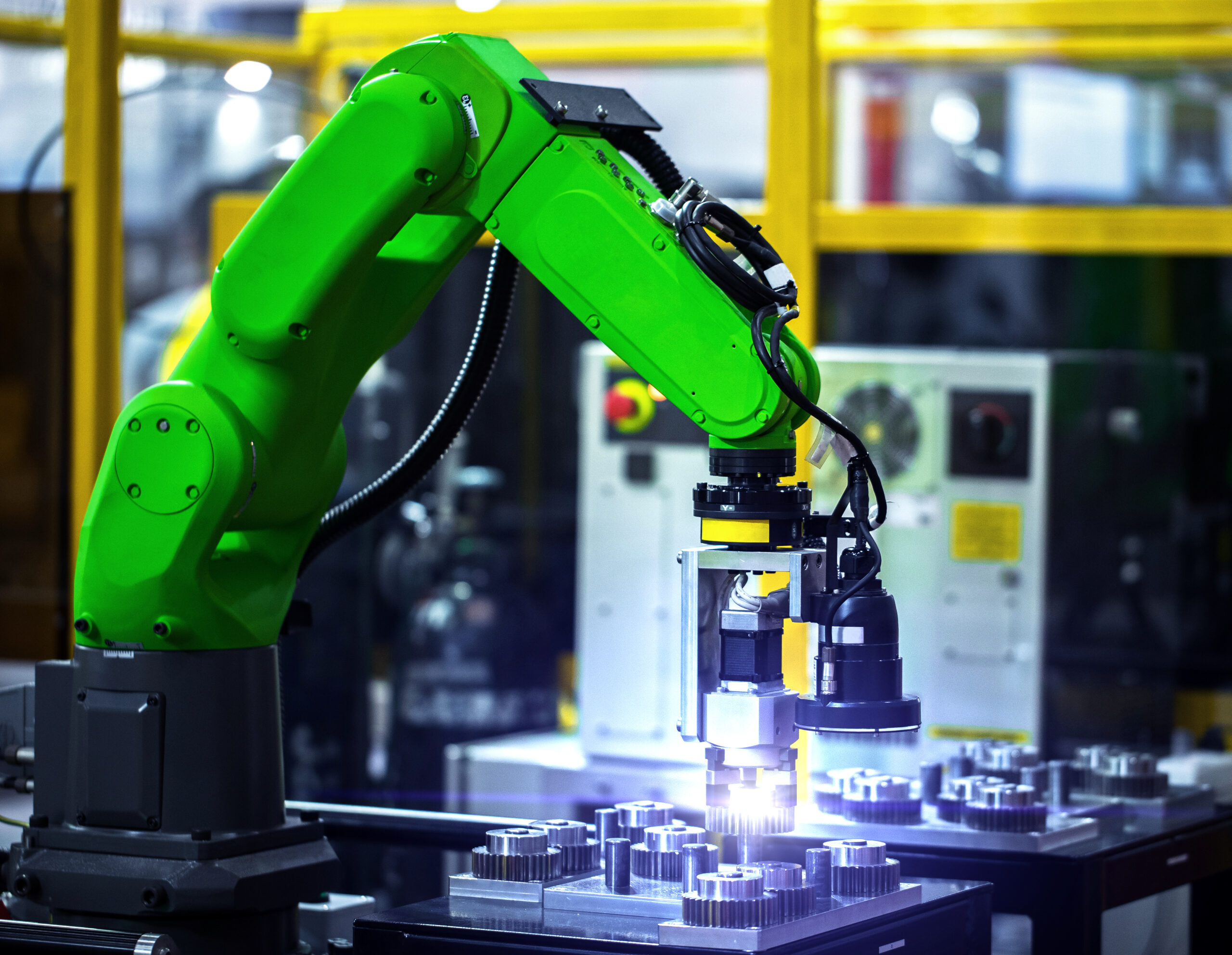State of Automation
The automated state of modern manufacturing
Right now, manufacturing facilities and their logistics’ centers are automating to not only produce and deliver products with improved efficiencies; they are replacing their manual services to keep up with the industry and their leading competitors.
Contemporary manufacturers are technology driven. What was once an industry held together by physical labor from the production line to distribution, is now a line of digital machinery speaking to one another up and down the supply chain.
What is automation?
Automated technologies include things like robotic process automation (RPA), machine learning, and artificial intelligence.
The modern manufacturer provides a working template of these innovations under one roof, whether it is collaborative robots working alongside their human counterparts in logistics, whether it is a production line at a BMW or Volvo, or in the front office.

What are the benefits of automation?
The benefits of automation extend well beyond cost savings and quality control from improved efficiencies and the uninterrupted timeliness of robotics application, the environment is safer. Heavy lifting, work alongside dangerous machinery, and manual labor is being phased out.
Not long ago, manufacturing plants were called “the dark, the dingy, and the dangerous”, but the automation of products and services has done considerably more than improve the quality and efficiency in which products are built and delivered to customers, they have changed the supply line standards of large Original Equipment Manufacturers (OEM’s).
To be part of a first tired supply chain demands an automated facility, a clean facility, and a safe facility. The BMW’s and Boeing’s of the global manufacturing sector cut no corners in production and partnership.
Trends in automation
As innovative technologies spread throughout the industry, new applications for automated services are being introduced every day. Data compiled by ABI Research in a 2022 Trend Report showed a total 45,000 collaborative robots (CoBots) and 452,000 mobile robots were shipped in 2022, marking a 65% and 51% increase from 2021.
Some of the other key trends in automation include the Internet of things (IoT), Enterprise Resource Planning (ERP), Industry 4.0, and Universal Connectability.




